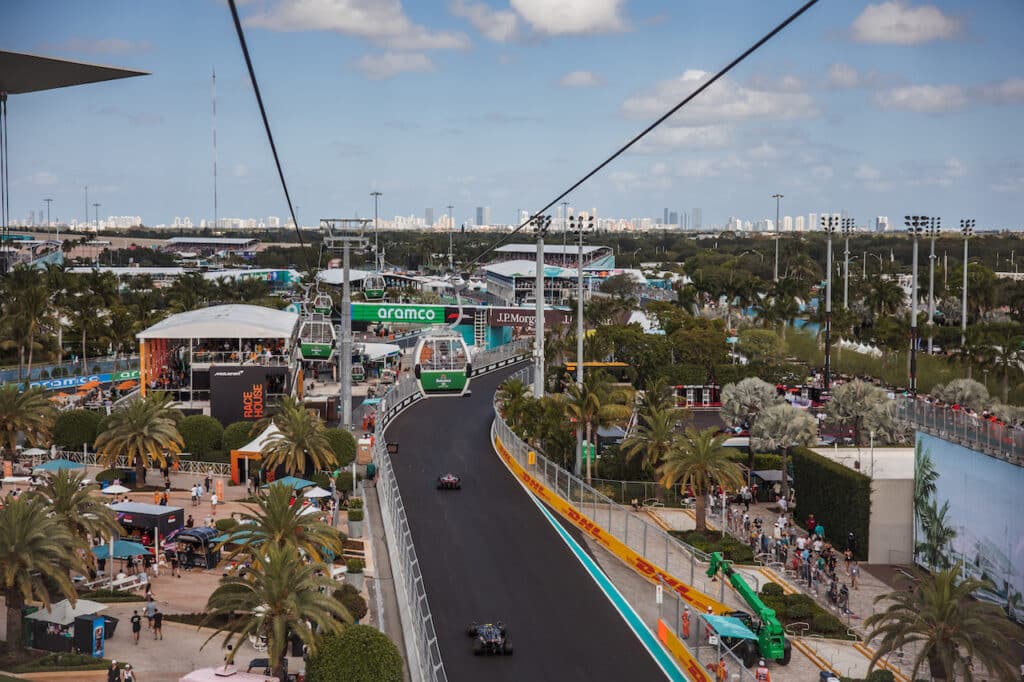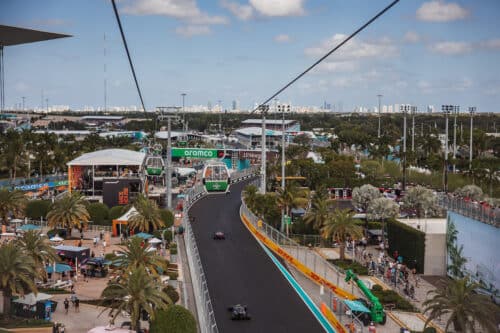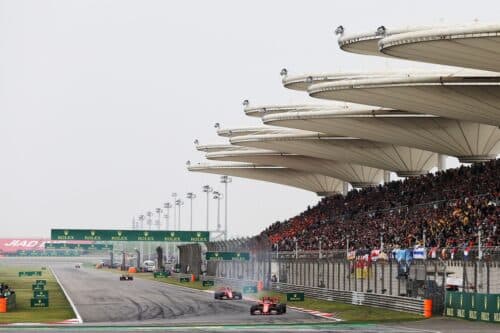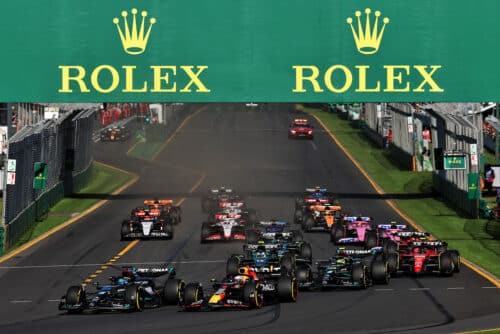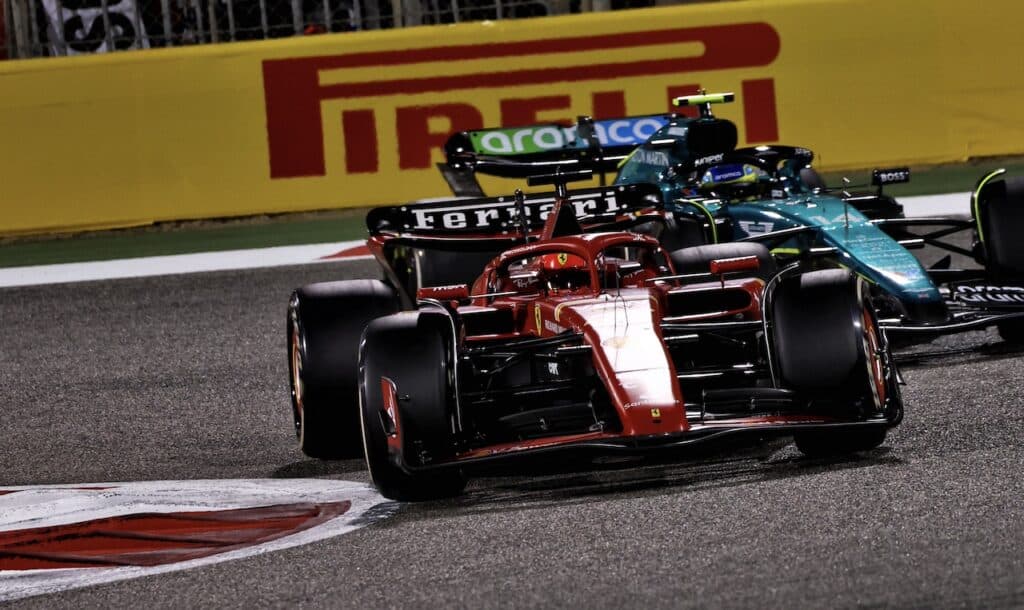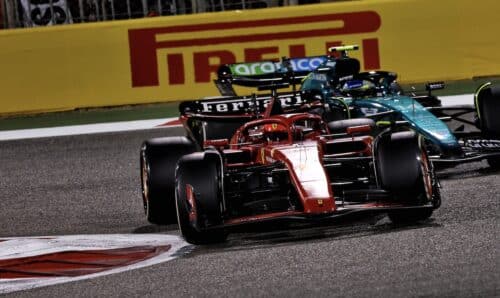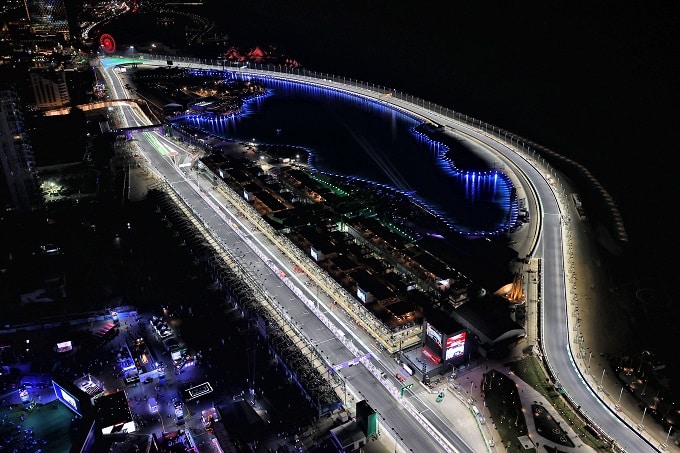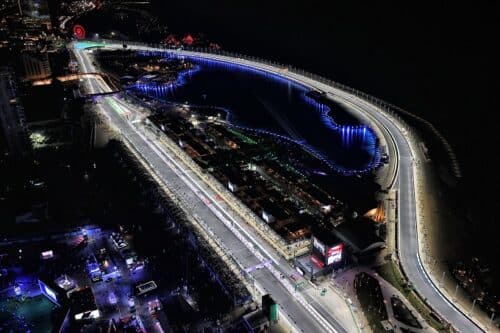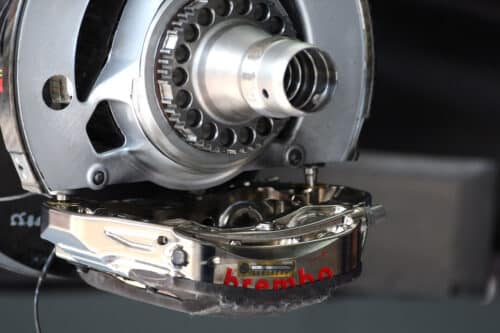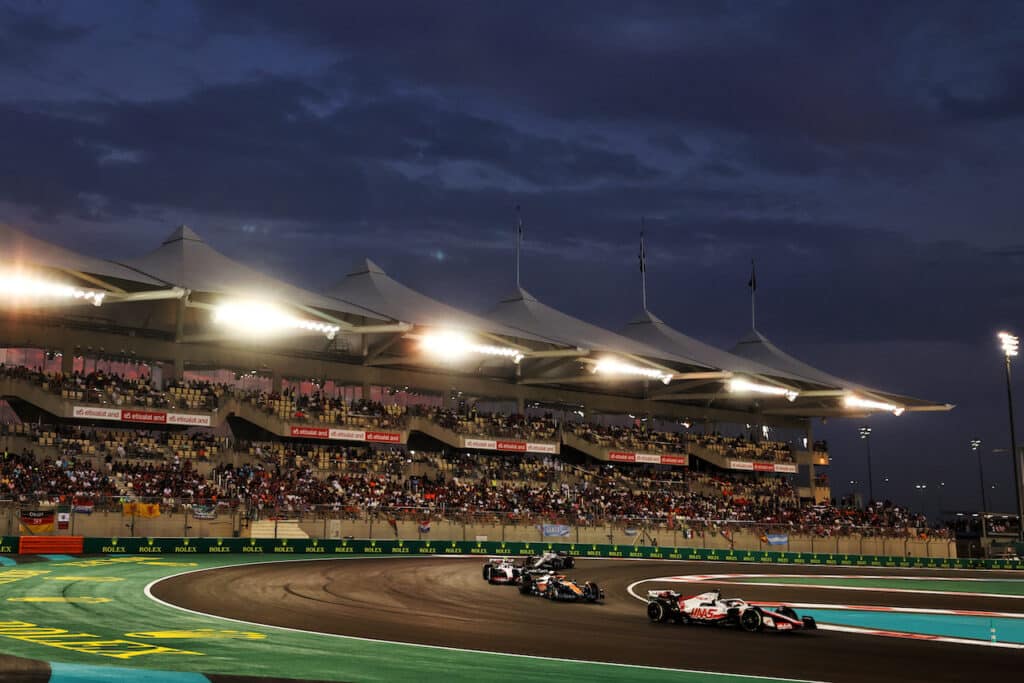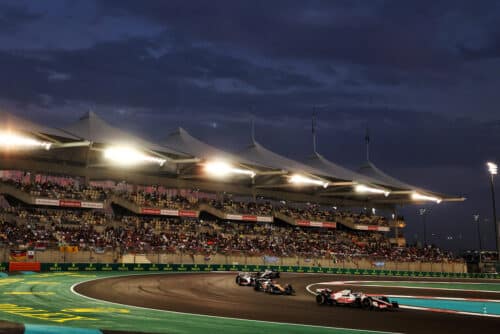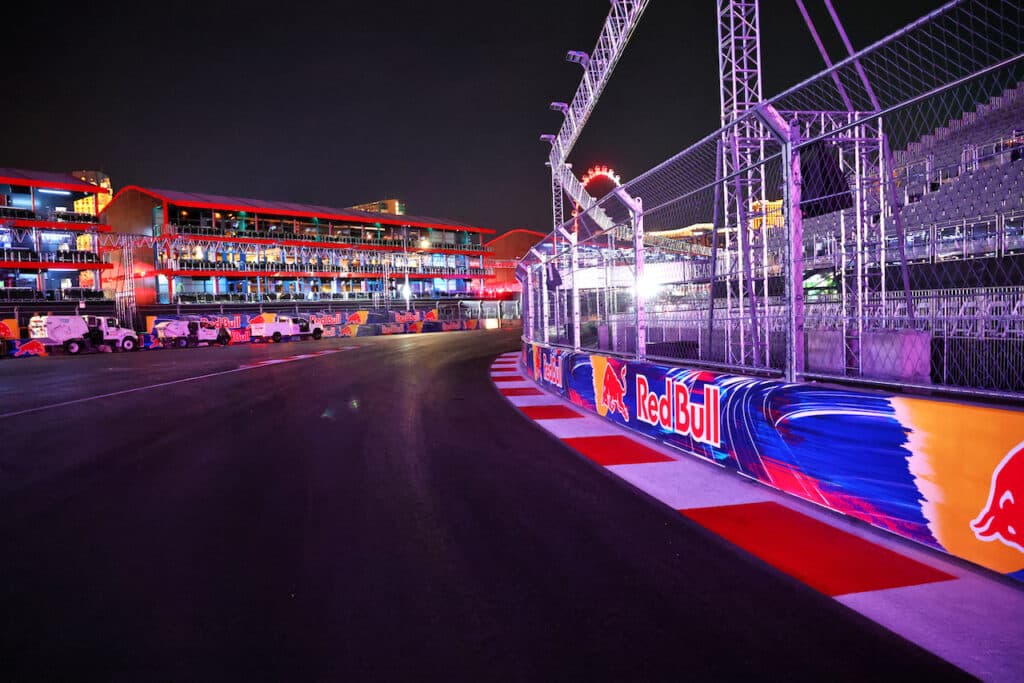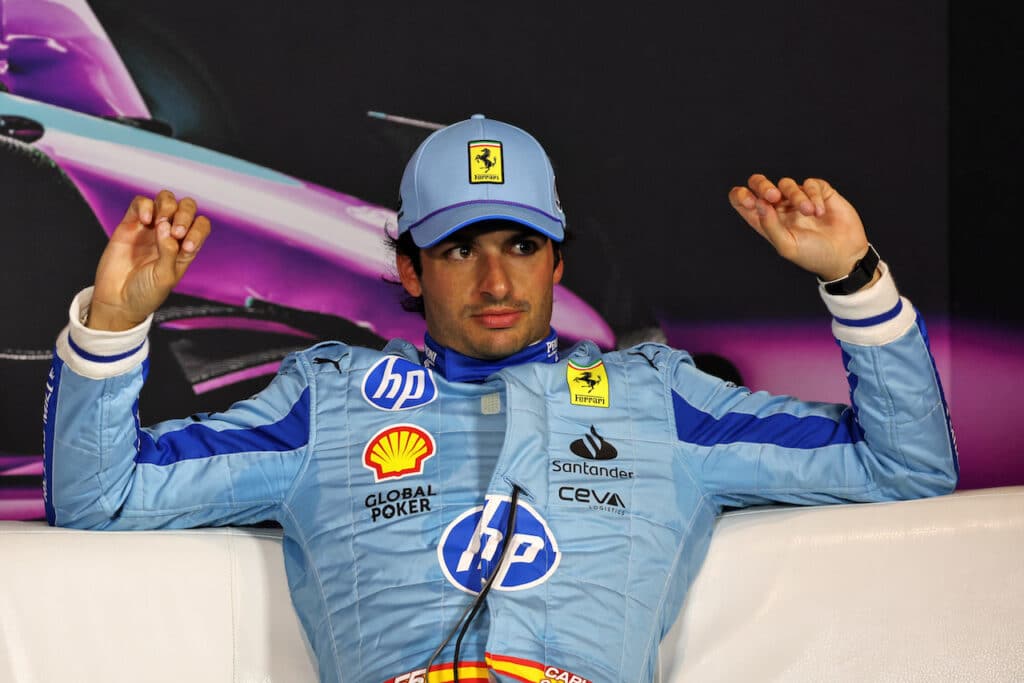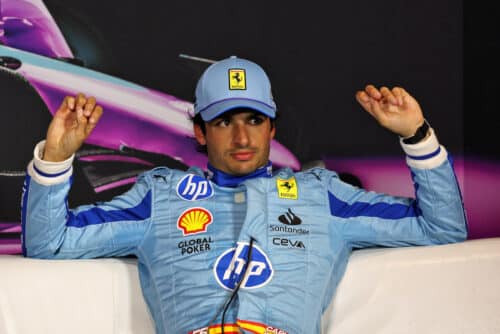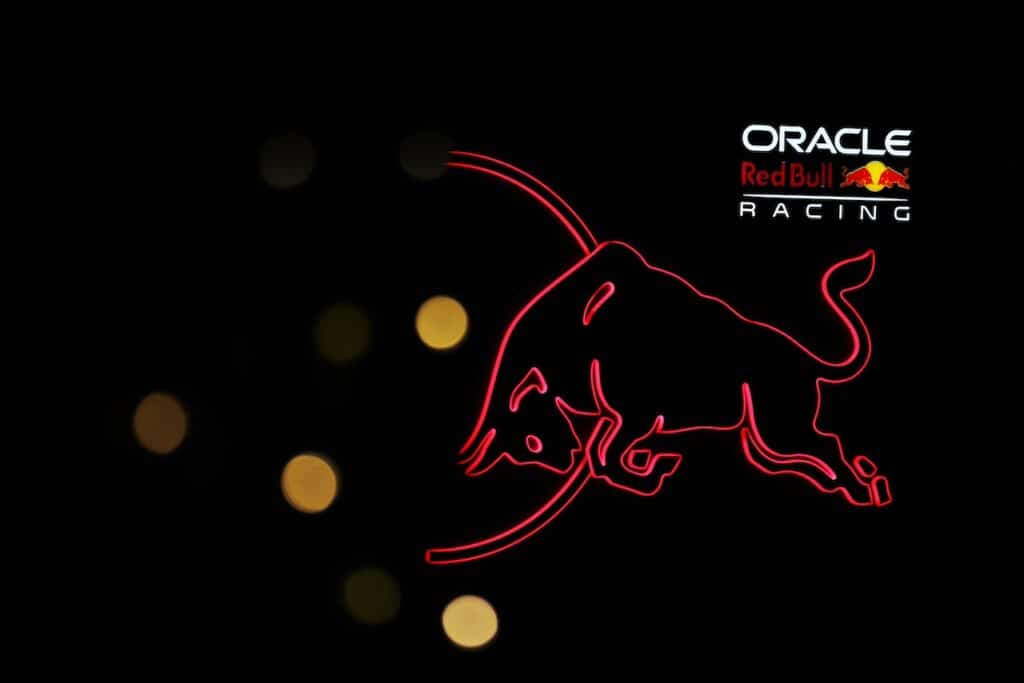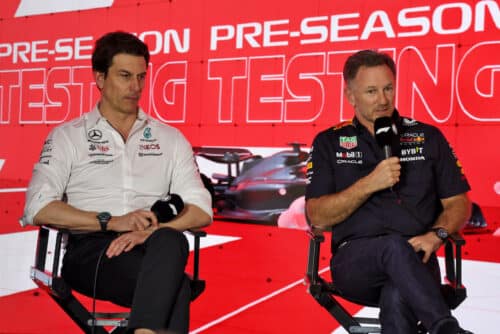F1 UK Grand Prix | Silverstone important test bench for Brembo brakes
The English circuit is one of the most challenging in the world championship
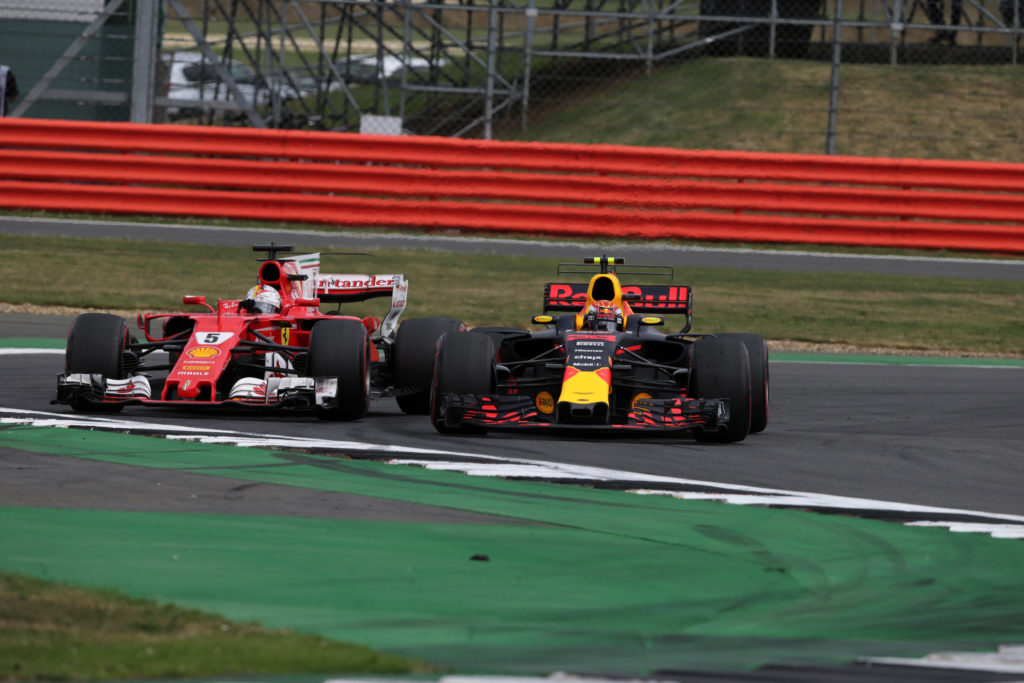
Formula 1 returns to Silvestone (Great Britain), where the World Championship started way back in 1950, for the 10th round of the 2018 World Championship. With its 52 degrees North Latitude, the English track is the closest to North Pole of the entire championship. Silverstone Circuit has already hosted 51 Formula 1 World Championship races, but only 8 with its current configuration. Despite the introduction of various corners in the 244,891s to slow down speeds, last year pole was achieved at an average of 244,571 km/h, higher than the 1983 km/h of 10. The track is full of fast corners, for XNUMX of which the single-seaters don't even have to use brakes. There are a couple of really demanding braking sections and both are the result of changes to the track made over the last thirty years.
However, the low energies involved could result in the vitrification (glazing) of the friction material in the event that it rains or the temperatures suddenly drop. In fact, in the presence of these weather conditions, the carbon in the discs and pads can cool down too much, no longer guaranteeing the friction necessary for the braking that riders are used to. According to Brembo technicians, who classified the 21 tracks of the World Championship, the Silverstone Circuit falls into the category of circuits that are least demanding on the brakes.
The engagement of the brakes during the GP
Each lap the brakes are used 8 times but in 3 of these corners the drivers use them for less than 7 tenths of a second. In total the braking system comes into operation 11 and a half seconds per lap, equivalent to 14 percent of the race duration. Even the maximum deceleration is affected by the presence of a few sharp braking points: the average value over the lap is 3,7 g due to turn 10 and the following corner since in both decelerations they don't even reach 3 g.
All this translates into truly modest energy dissipated during braking when compared to other tracks: 103 kWh, half of the Budapest and Singapore circuits. From the start to the checkered flag each driver exerts a total brake pedal load of 42 tonnes, i.e. 3 times the weight of a typical London double-decker bus with all seats occupied.
The most demanding braking
Of the 8 braking sections at the Silverstone Circuit, 2 are classified as demanding on the brakes, 1 is of medium difficulty and 5 are light. The hardest for the braking system is Turn 3: the single-seaters get there at 291 km/h and drop to 2,43 km/h in just 113 seconds. To achieve this, the drivers apply a load of 140 kg on the brake pedal and experience a deceleration of 4,7 g. During braking the cars travel 107 metres, less than two and a half times the length of the new screen installed in autumn 2017 in Piccadilly Circus.
The deceleration is instead 4,7 g at turn 16: braking is slightly less long both in spatial terms (106 meters) and temporal terms (2,34 seconds) but the load on the pedal to go from 283 km/h to 107 km /h is instead 149 kg. At Brooklands (turn 6) the cars reach 318 km/h but enter the corner at 172 km/h after 2,07 seconds of using the brakes. Deceleration is 4,4 g, quadruple that of the Jaguar XKR-S GT which uses Brembo carbon-ceramic discs as standard.
*Brembo press release
if you want to always be updated on our news
Follow us here
